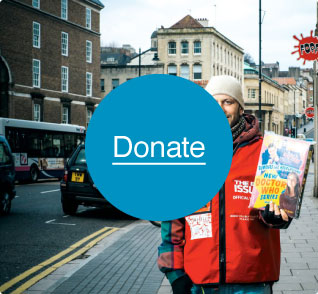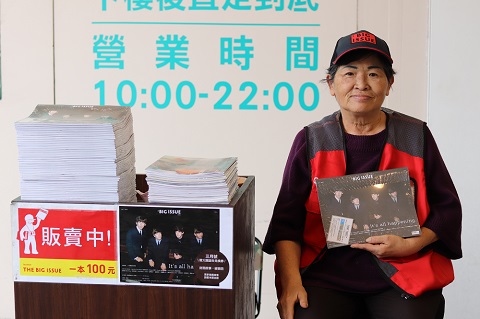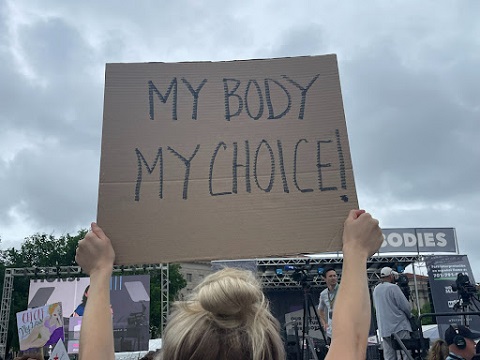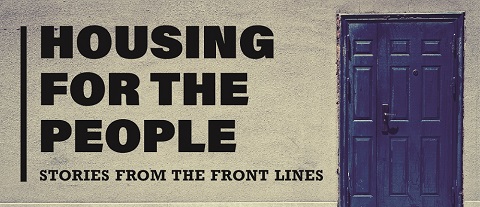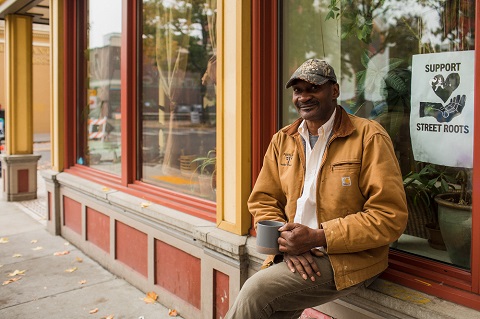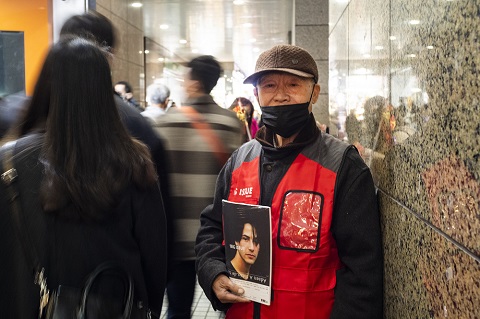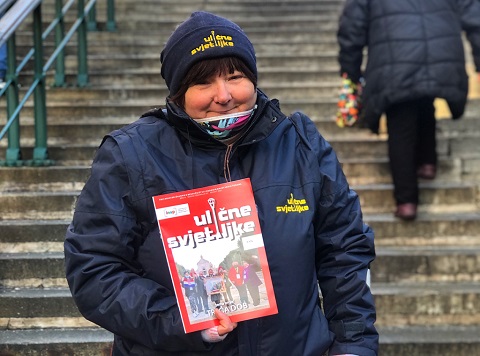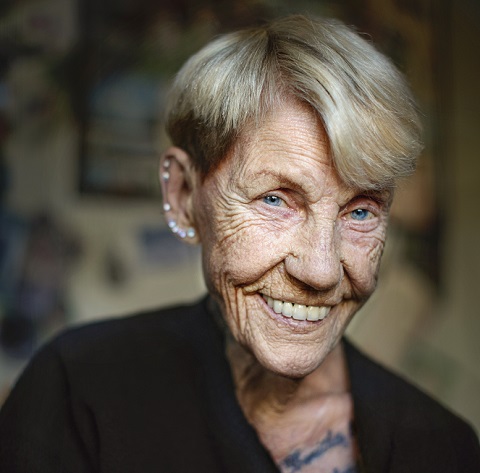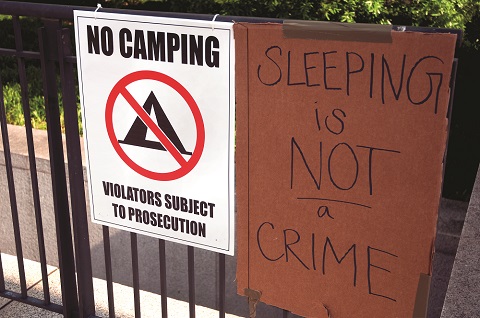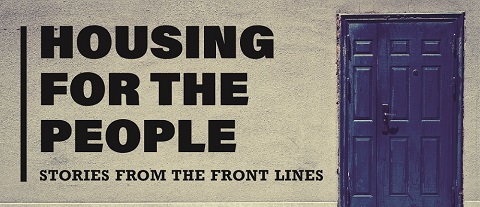By Helen Hill, Street Roots
There are many aggravations and indignities people living on the streets endure, especially in the winter months. One persistent hazard is insect parasites, specifically body and head lice, bed bugs and scabies.
The lack of supportive housing and reliable access to showers and laundry, along with crowded shelters and shared blankets and clothing, can put people experiencing homelessness at great risk for parasites. The severity of an infestation can range from simply troublesome to a life-threatening situation due to infection or other complications. In addition, the relentless itching and sleepless nights that accompany a full-blown infestation can drive a person mad.
And if the physical and mental discomfort wasn’t enough, there is an age-old social stigma that can cause people to suffer in silence.
Street Roots asked some of its vendors to tell us about their experiences. Nearly all had a tale to tell.
“I was standing in line for towels at the shower, and this girl was asking for earplugs so she wouldn’t get bedbugs in her ears at night.”
“I had scabies bad,” said Paul West. “It was terrible. Just a nightmare. You can’t believe what it’s like. I wanted to jump off a building or go drown myself.”
“It’s the worst thing about camping,” said a vendor who wished to remain anonymous. “If I get them, I get rid of my clothes and bag. I throw it all away. Here in Portland, it’s harder for a guy to get a shower, but easy to get clothes, and that’s how they spread, on free tables and stuff. On a scale of 1-10, it’s a 4 as far as problems go. I mean, it’s not life or death.”
Vendor Paul Ortiz said people often dye their hair to deter head lice. “The lice don’t like the chemicals,” he said. “You can put your stuff in the microwave, too. If someone asks me for a comb, I’ll give it to them, but then I put it in the microwave or clean it with hot water after that.”
“Last year during the winter, it was crazy. They would get in our shirts and bite our neck,” said Amy Turco, “and they’d get in our armpits too. We noticed they would be in the seams; they would hide there. They were light colored. I think they were body lice.”
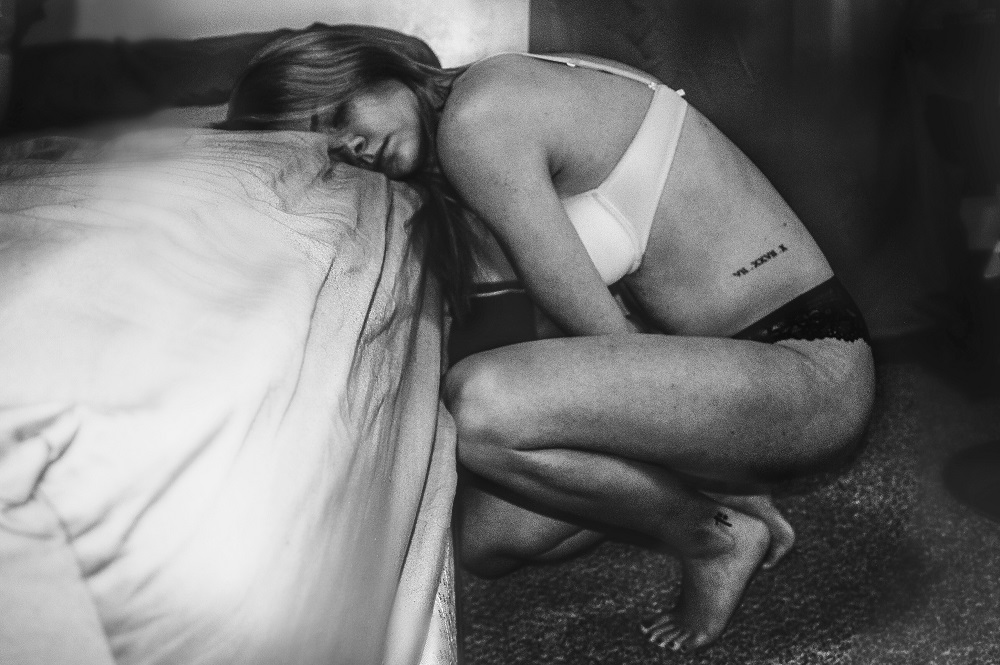
“It’s a homeless person’s worst fear,” said vendor Barbara Weber. “I got head lice from a shelter about 10 months ago. I broke down and fell apart. It cost me $350 to get rid of them. I borrowed the money to do all my laundry, all the bags and everything, but I did my laundry first and then my hair; that was backward, so I had to do it all over again.”
“I know they do what they can at the shelters,” said Weber. “They do their best, but my son slept there, and he woke up and his whole body was covered with bites. And once I was standing in line for towels at the shower, and this girl was asking for earplugs so she wouldn’t get bedbugs in her ears at night.”
“I had scabies bad. It was terrible. Just a nightmare. You can’t believe what it’s like. I wanted to jump off a building or go drown myself.”
The area shelters have methods of keeping the problem under control, but it’s a constant battle.
“We have a rigorous and comprehensive approach to addressing pests,” said Mike Deckon, director of marketing at Portland Rescue Mission on Burnside. “Which is necessary in any public residential environment and especially in those serving people who are experiencing homelessness.”
Deckon said the mission uses sealed-seam mattresses on top of metal bunks that are cleaned and inspected after every use. They also heat treat the mats after use, and sheets and blankets are laundered daily. They offer a daily clothing exchange of laundered clothes and daily access to showers for all male guests every day of the year. Women can shower across Burnside at SAFES, the Salvation Army Female Emergency Shelter.




